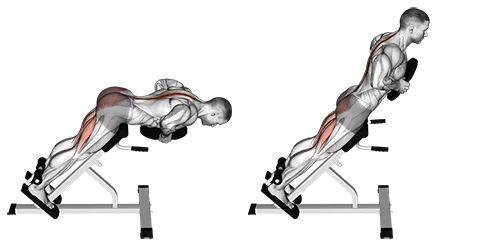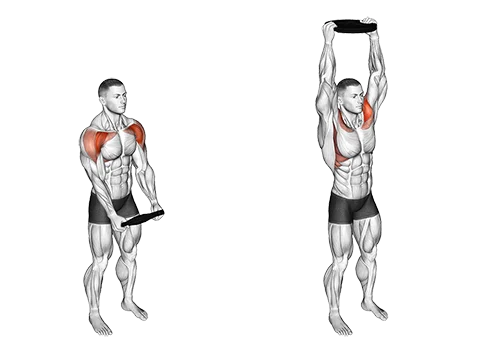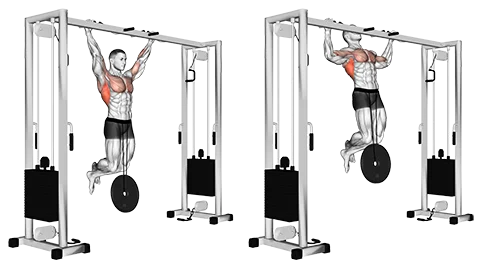Weight plates aren’t just for loading barbells. On their own, they can be used for a wide variety of functional movements — from carries and twists to presses and holds. Simple, effective, and often overlooked.
Why Train with Plates?
Training with plates offers more than just convenience:
- Accessible: Easy to grab and use, especially in a home gym.
- Functional: Great for carries, rotational work, and real-world strength.
- Grip Challenge: Builds forearm and finger strength.
- Time-Efficient: Minimal setup, max usage.
Plates vs Other Equipment
Plates can double as tools, not just weights. Here's how they compare:
- Barbells: Use plates to load them — but also use them solo for more versatile moves.
- Dumbbells: More ergonomic for pressing and curling, but plates offer unique grips and angles.
- Kettlebells: Better for swings and ballistic moves, but plates are easier to access in most gyms.
- Bodyweight: Add a plate to scale difficulty — for example, weighted push-ups or sit-ups.
Plates are minimal gear with surprising utility.
Getting Started Safely
Using plates for more than just loading? Keep these in mind:
- Hold them securely by the edges or using the center grip if available.
- Watch your wrists and shoulders on overhead or twisting movements.
- Use a controlled tempo — don’t swing or jerk.
- For carries, keep your core tight and posture upright.
Programming Plate Workouts
Plates can be worked into both strength and conditioning routines. Popular movements include:
- Carries: Overhead plate carry, front carry, suitcase-style.
- Core Work: Russian twists, plate sit-ups, standing oblique swings.
- Upper Body: Plate front raises, overhead press-outs, halos.
- Lower Body: Goblet squats, lunges with plate press, step-ups.
Add them to warm-ups, finishers, or anywhere you want a no-fuss challenge.
Basic tool. Big payoff.
Yes — especially with creative programming. You can train strength, endurance, and mobility with just one plate.
Grip plates (with handles) are easiest to control. But smooth Olympic plates can work too — just hold them carefully.
Yes, but start light and focus on control. Overhead carries and presses challenge both stability and core engagement.

_Forearms_small.png)



_Back_small.png)
